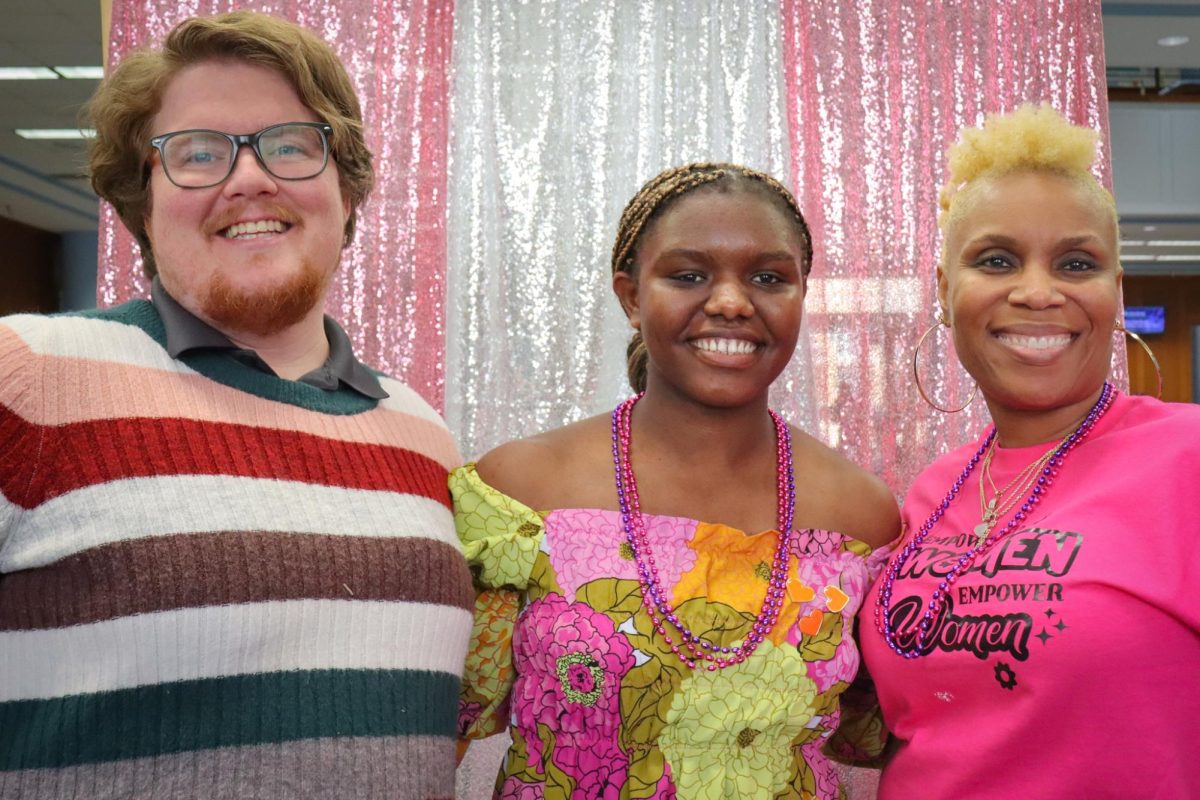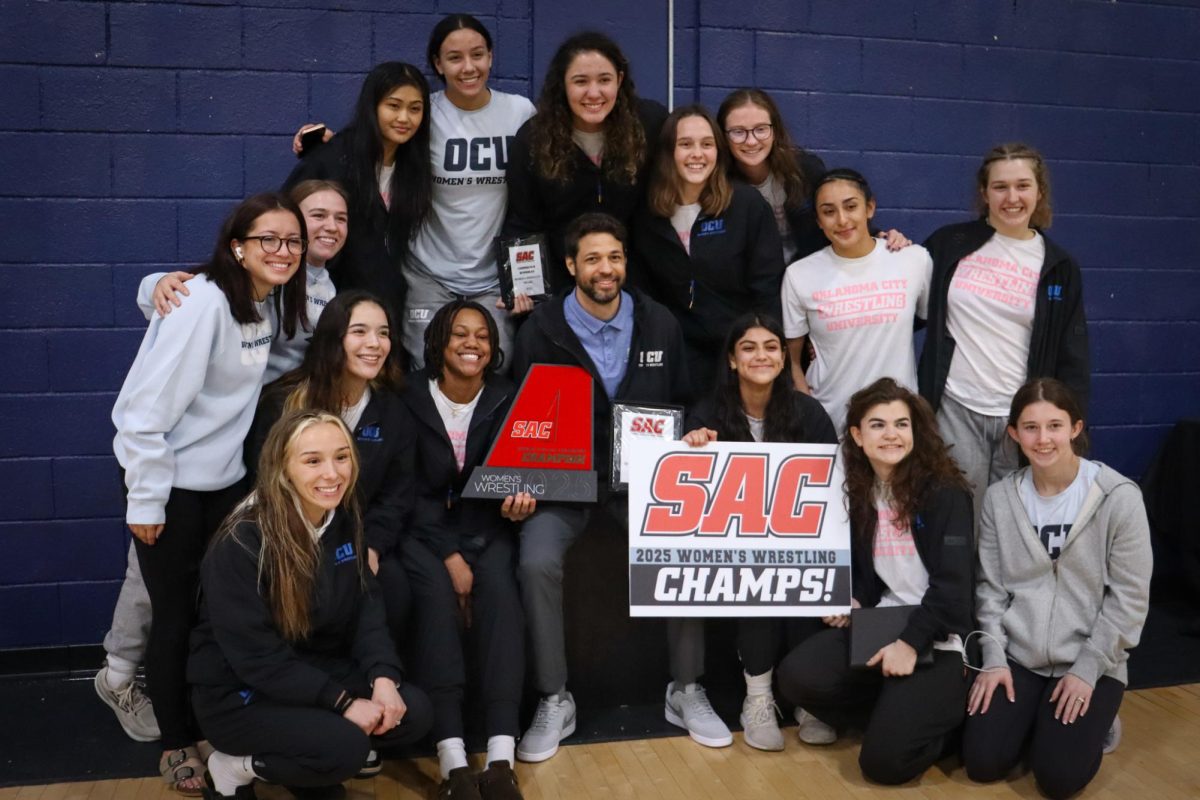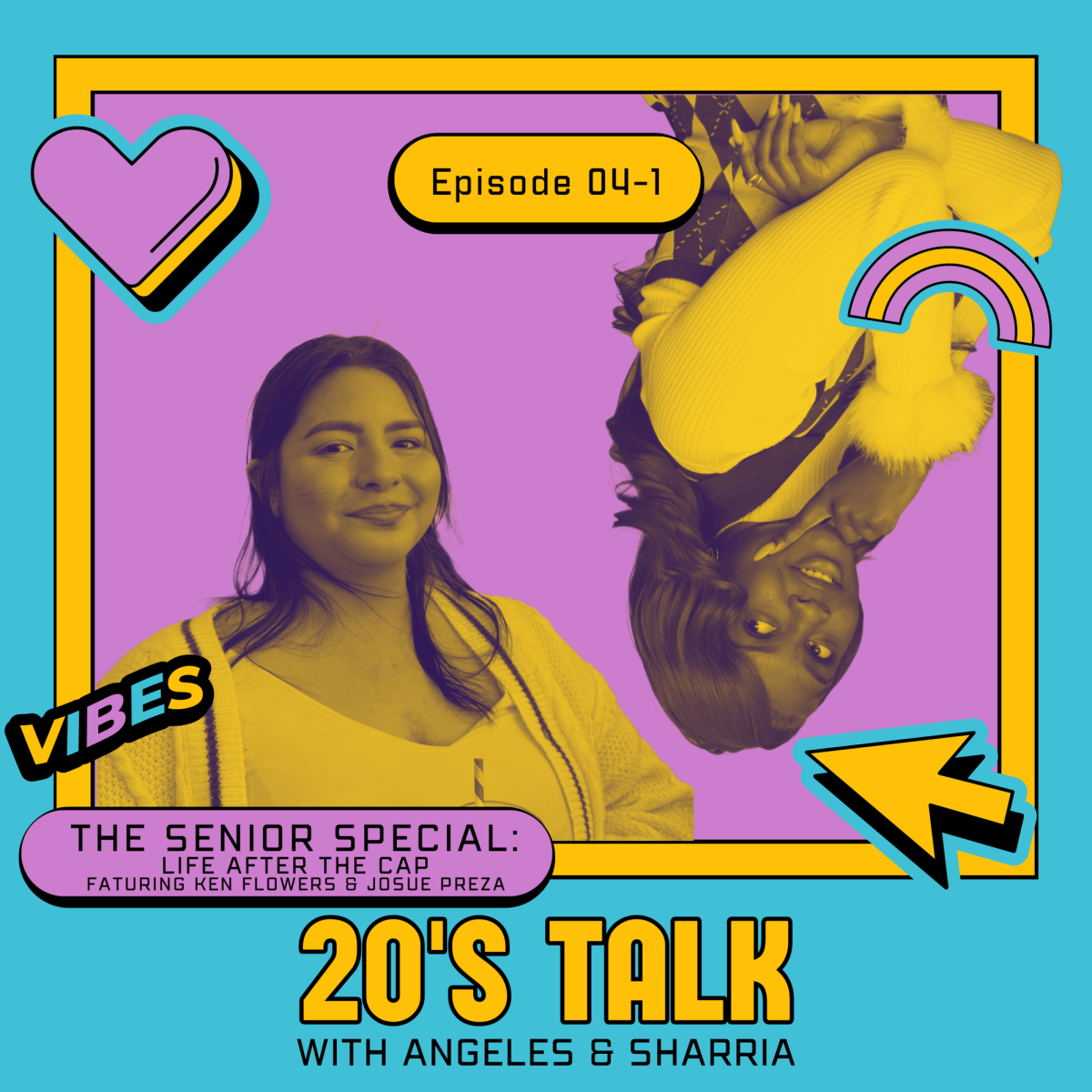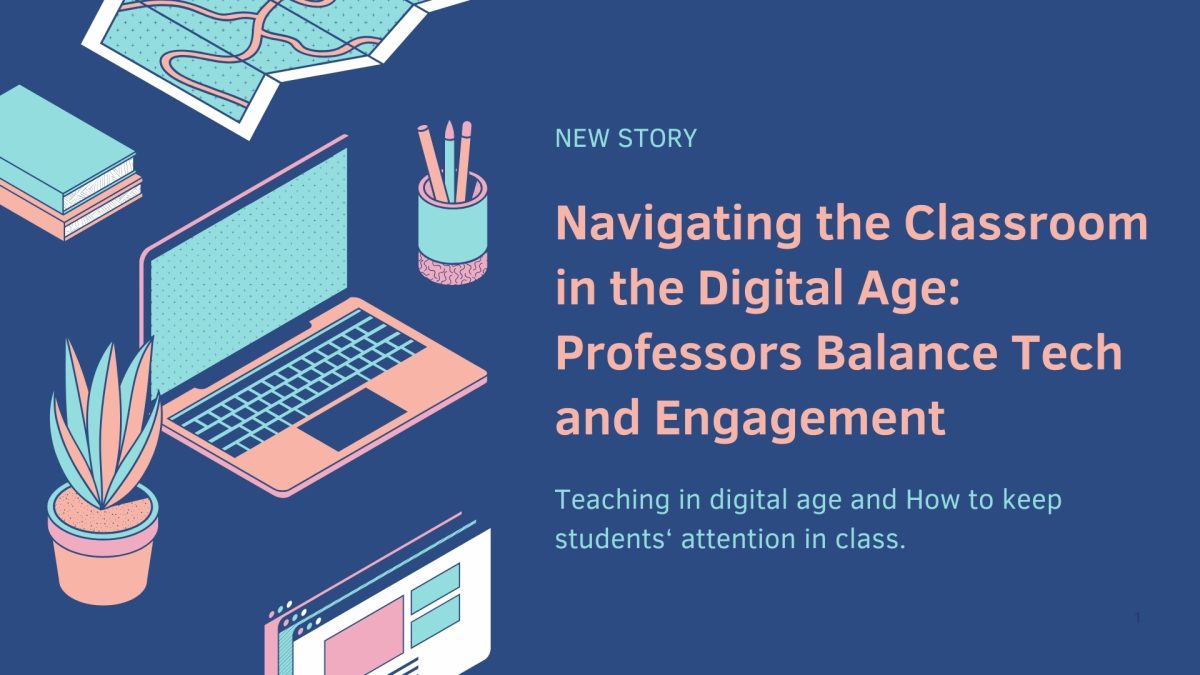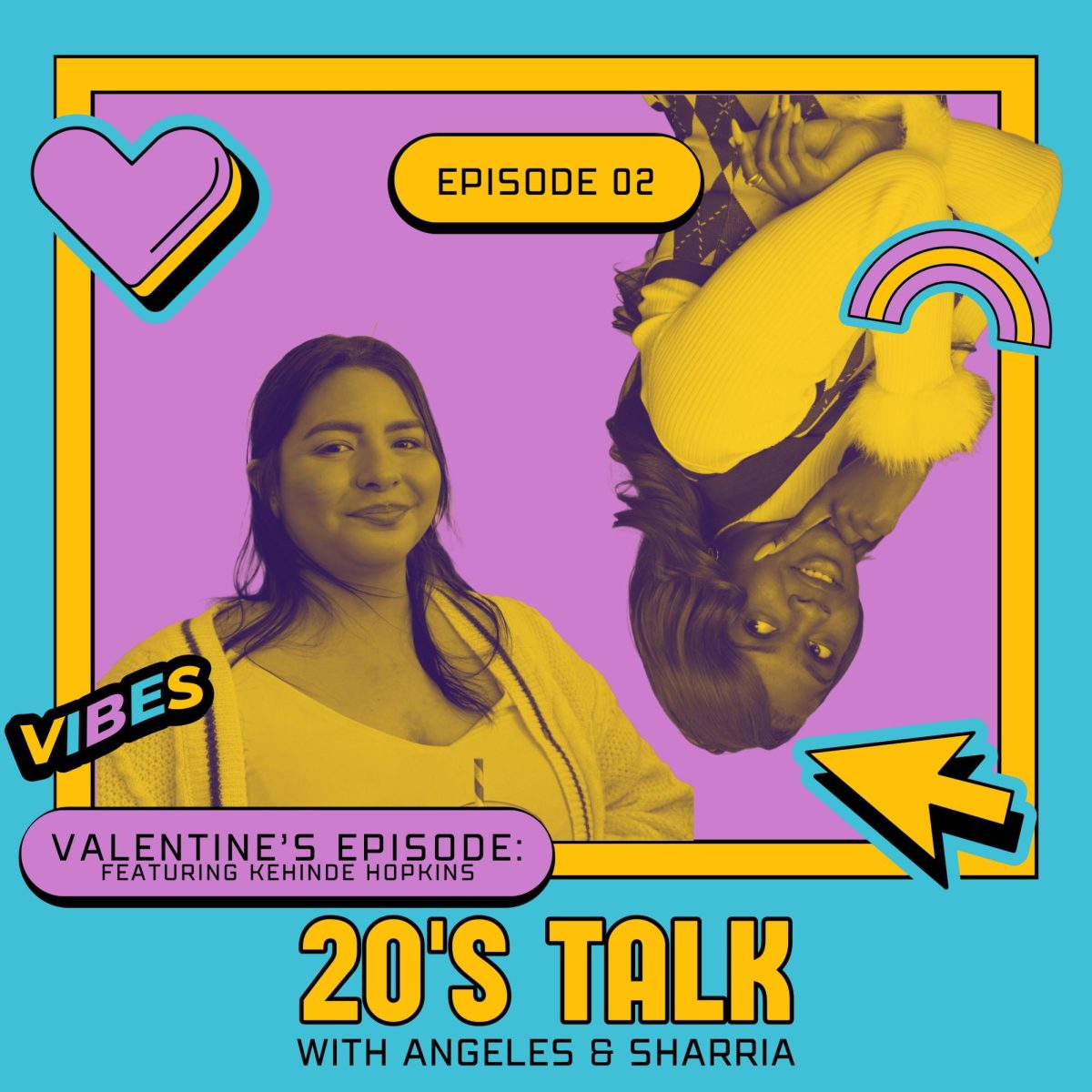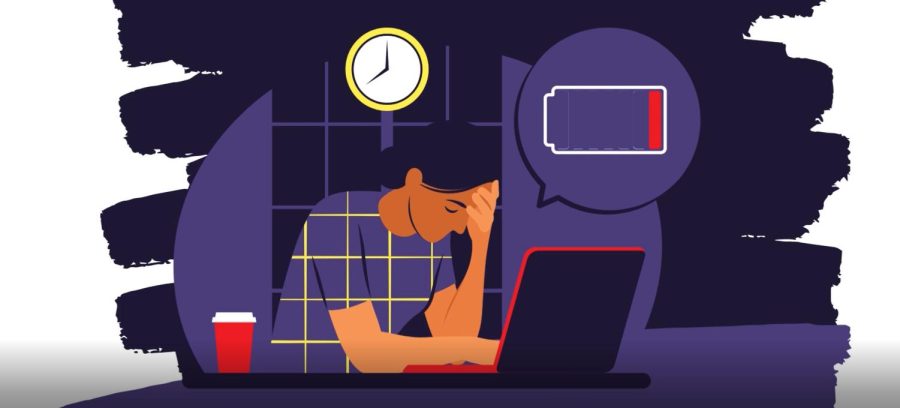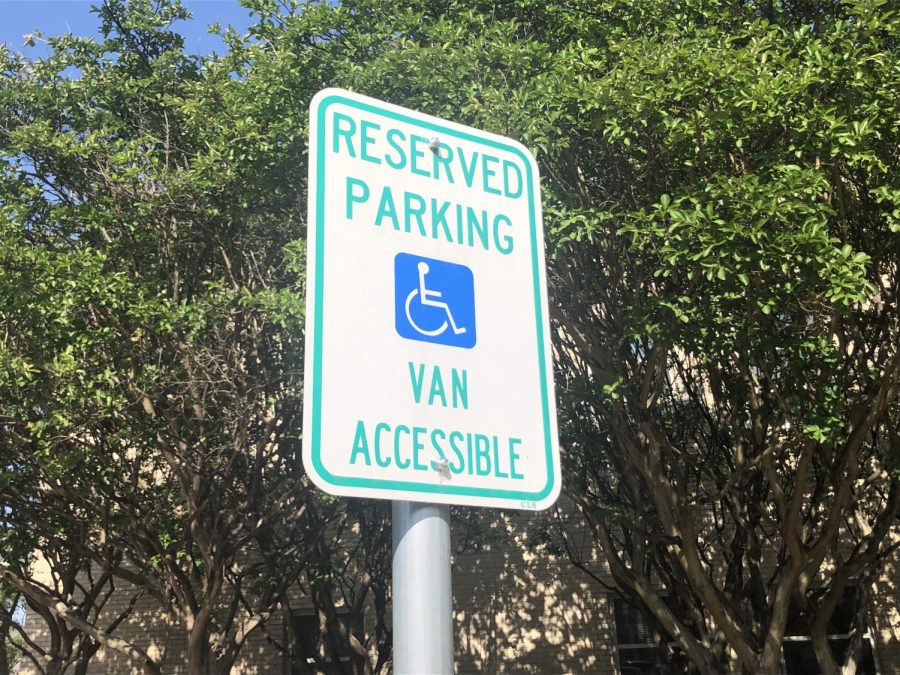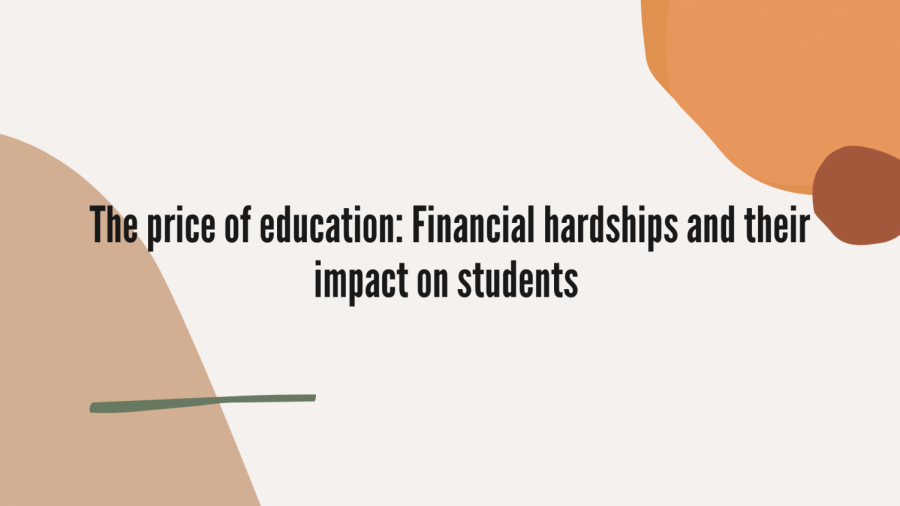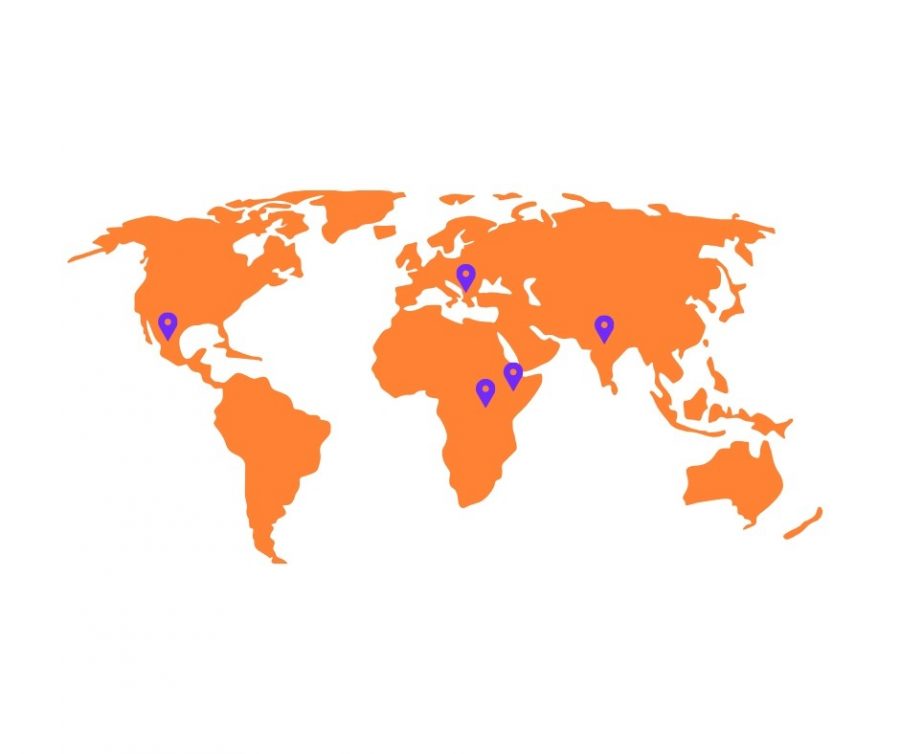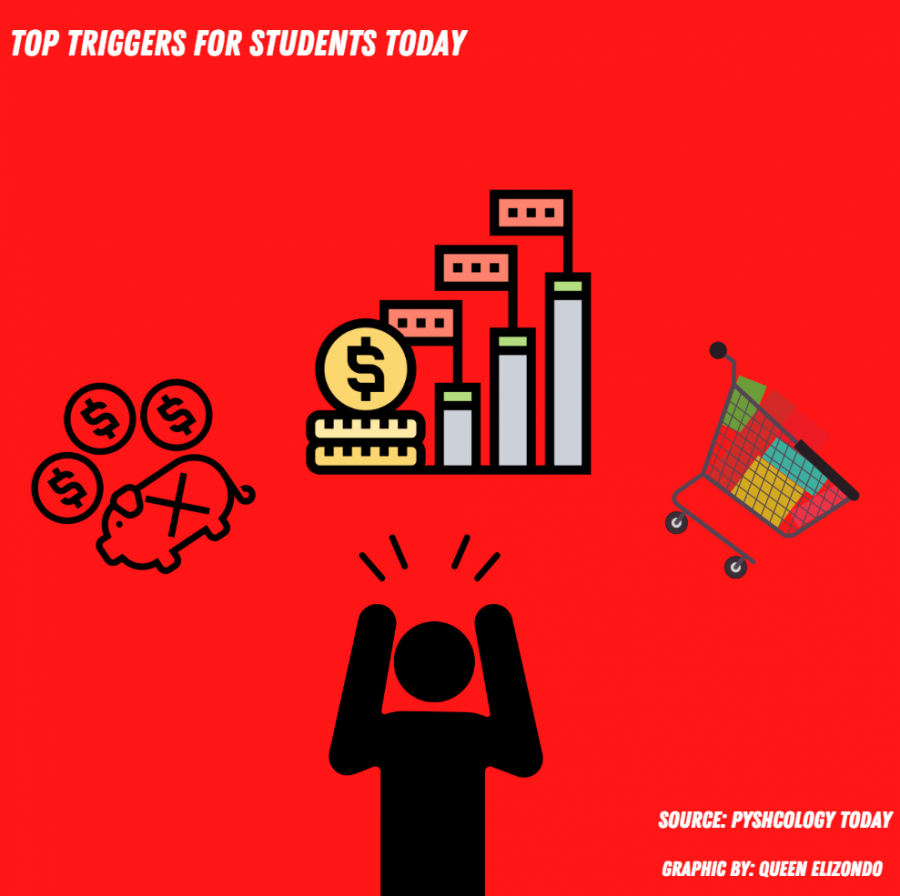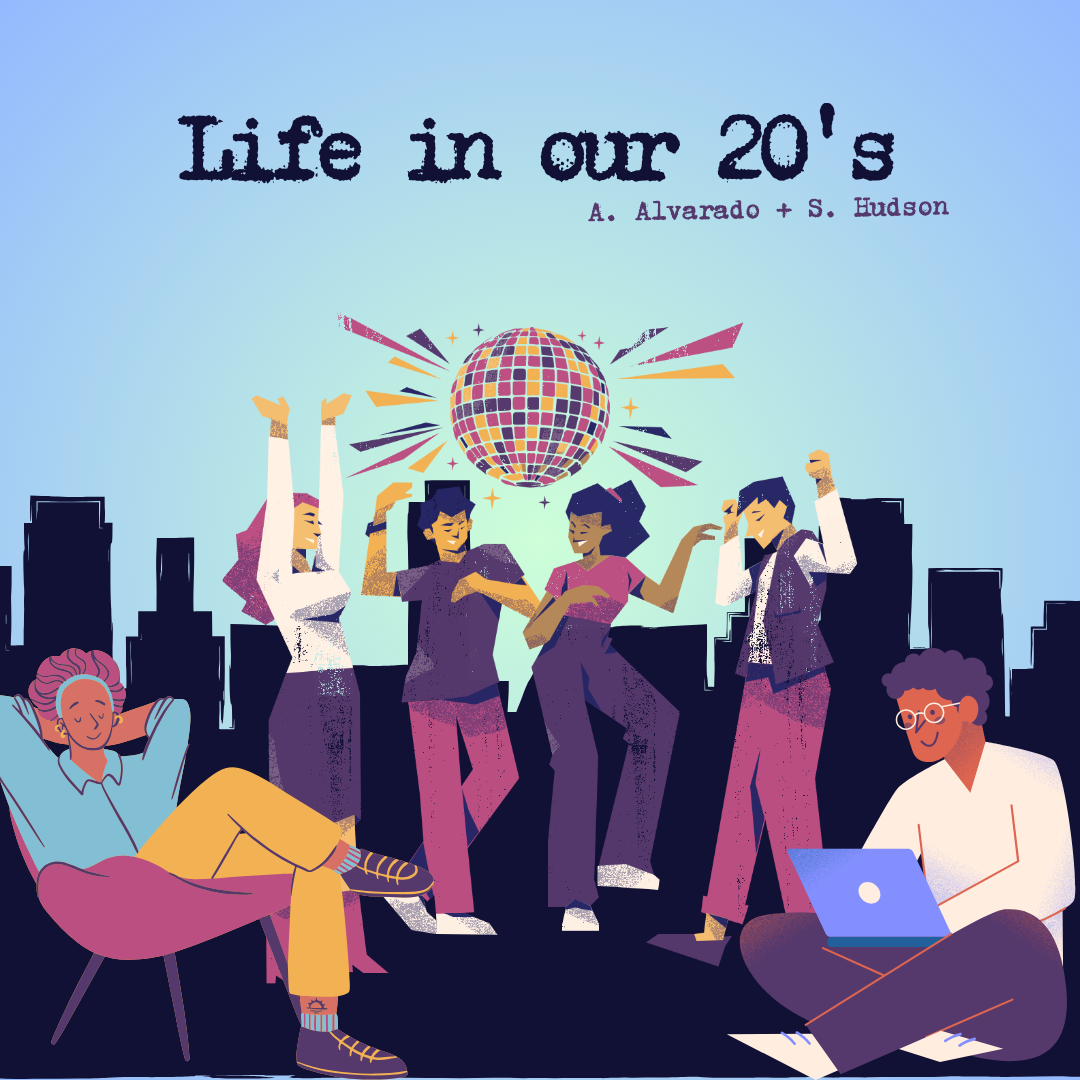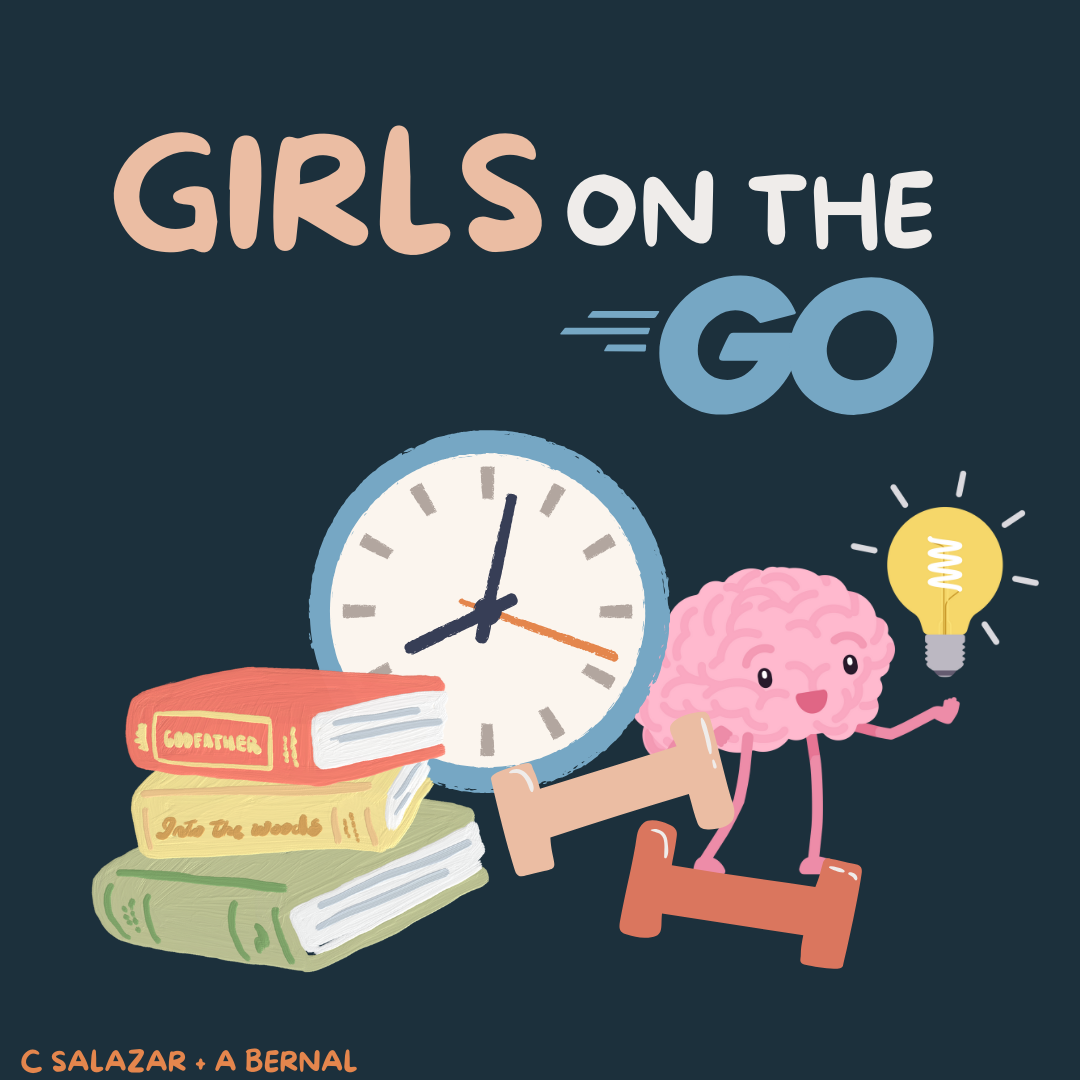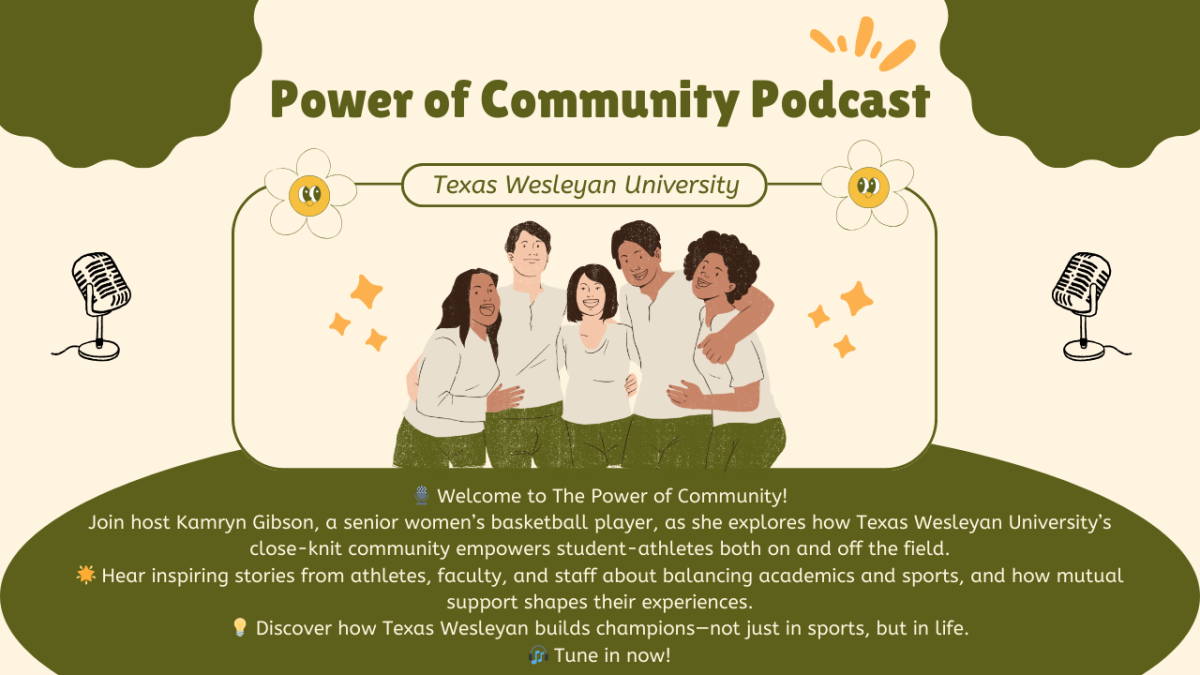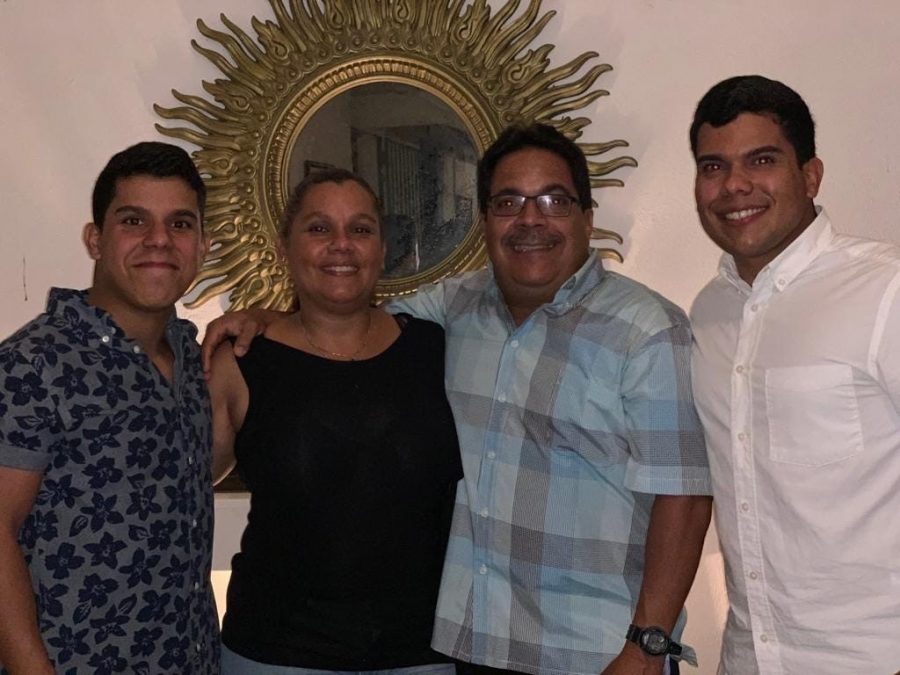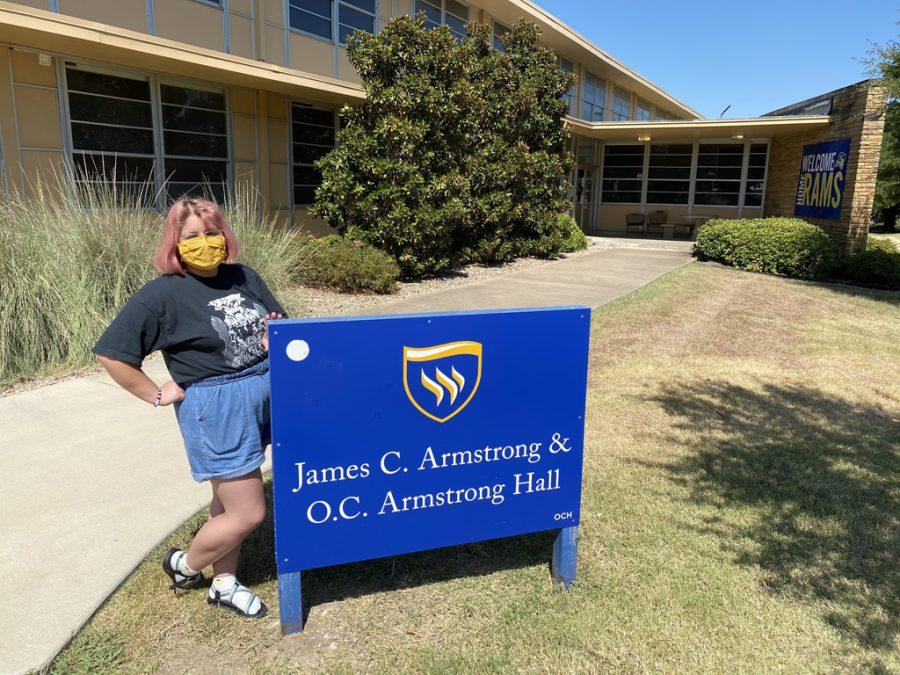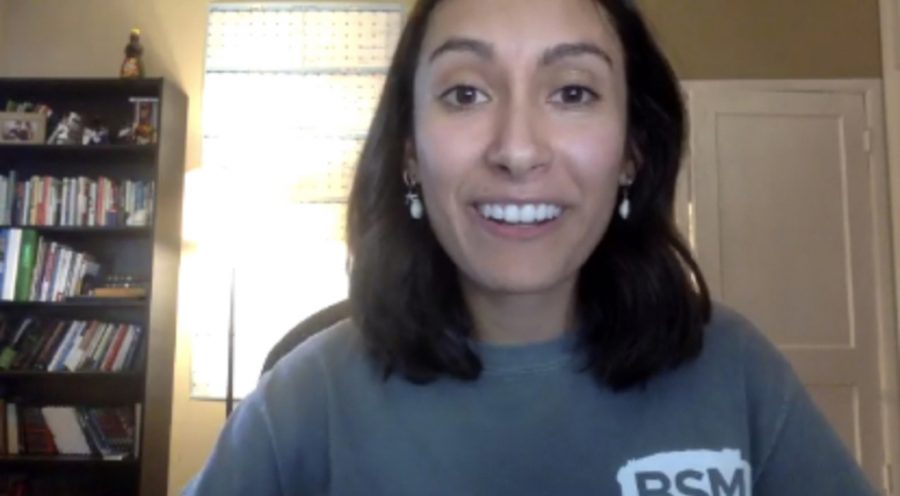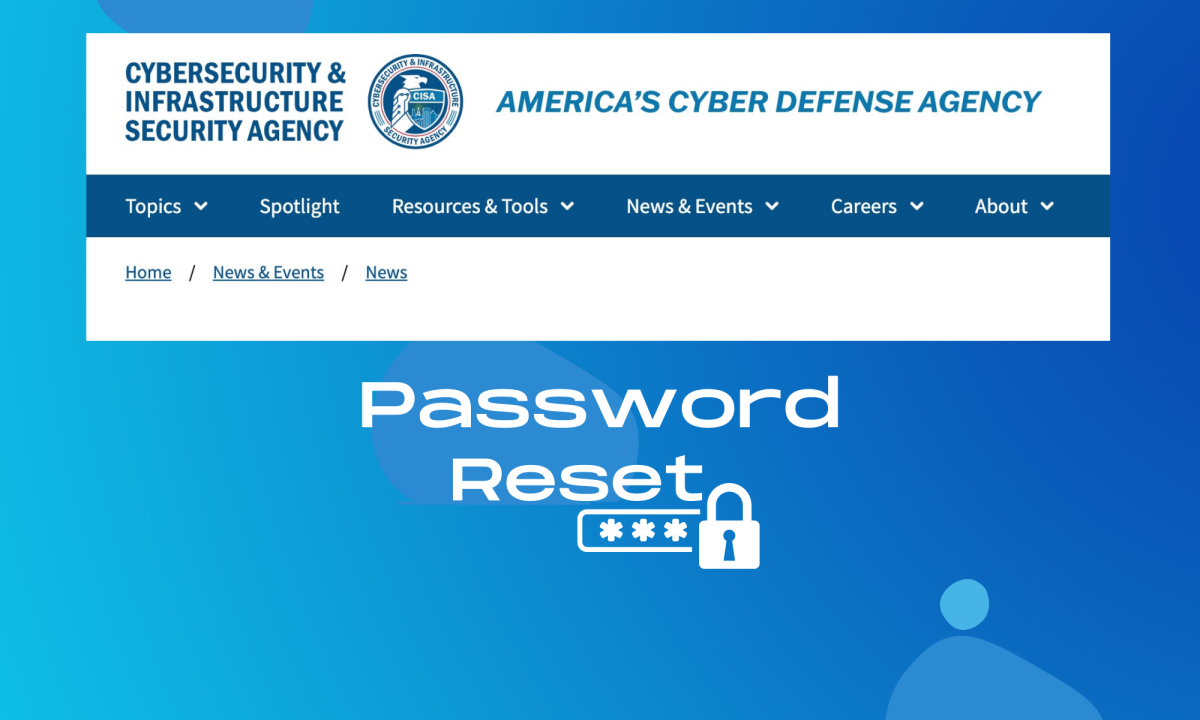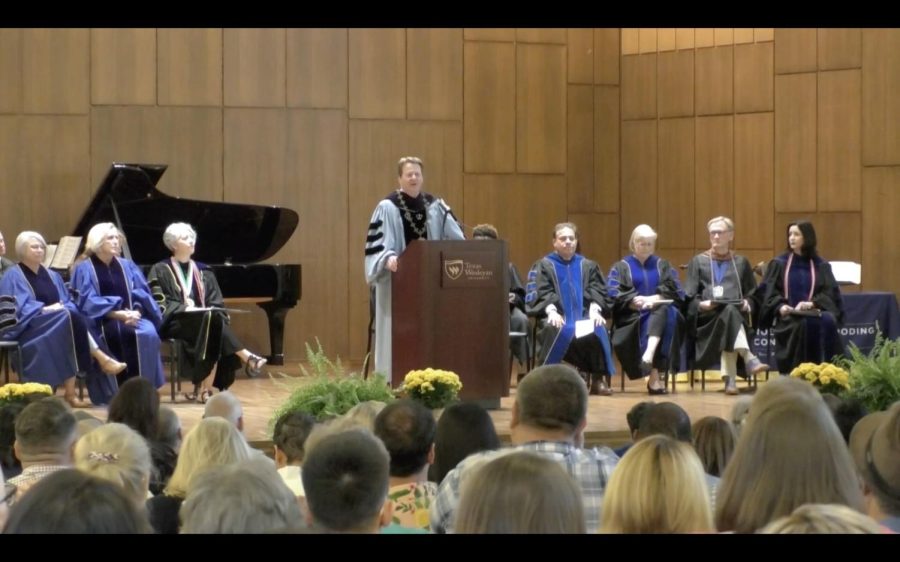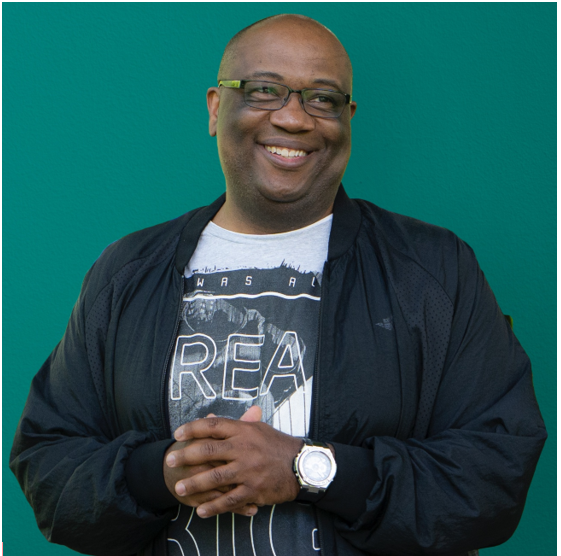“I’m afraid to go home.”
Many people said this at the beginning of the year in Puerto Rico. January was a long and challenging month for all American citizens in Puerto Rico who suffered from multiple earthquakes and daily aftershocks for an extended period of about a month.
Quakes detected between Dec. 28, 2019, until Jan. 16, 2020, had magnitudes of 5.0 to 6.4, and occurred multiple times a day. Also, earthquakes left the whole island without electric service for approximately two weeks.
When the first earthquake happened, on Dec. 28, I wasn’t on the island. I found out on social media. Everyone was desperate and astonished by what had happened, as with every earthquake. No one expected it. The next day there was another earthquake, and another the next day. Hysteria and anxiety began to take over, and social media was full of hopeless and distressing comments.
I hadn’t made it to the island yet, so I thought people were overreacting to the situation.
I landed on Caribbean soil on Jan. 6, and the only thing that was heard on the streets was people asking when this would stop, that they could no longer live on the island, and that the government was not prepared.
I did not pay much attention as I just arrived from an enjoyable holiday, with luxuries and without worries. When I got to my house and turned on the television, all there were was stories of destroyed homes, desperate families, people sleeping in the streets, without communication, and multiple cities without electric or potable water service. It was like watching a horror film.
After going to sleep that same night with few worries, on the morning of Jan. 7 at 4:24 a.m., the electric power went off, my bed started shaking, my TV fell to the ground, and my house trembled for around 25 seconds. At that moment I realized that everything was real, and that people were not overreacting.
My biggest concern was not the earthquake, but the possibility of a tsunami as my house is less than a mile from the ocean. My mind went into survival mode, but at the same time, it was filled with anxiety as I thought of all my relatives around the island.
The quakes did not stop, occurring multiple times per day until Jan. 16 and mostly affecting the southern part of the island. For a moment, I thought they were never going to stop. My body went numb and adapted to the moving ground.
I was lucky. I had to go back to Texas for the beginning of the semester. But my mind stayed at home.
Abnormalities like these are common in other places like California or Chile, but never occurred on Caribbean soil. Earthquakes can’t be predicted or prevented, but one thing the experts were sure of is that this wasn’t normal.
It is rumored that the earthquakes happened because a high-magnitude earthquake has not occurred in Puerto Rico since 1918. Many families lost their homes, businesses, jobs and, overnight, were suddenly living in extreme poverty. For many, it was a life-changing event and January 2020 became the worst month ever, even worse than September 2017, when Hurricane Maria hit the island.
After hurricanes Irma and Maria in 2017, Puerto Ricans have learned to live with no water and power service, without oil, and with few resources. Society has post-traumatic stress syndrome. Living through two hurricanes and a month full of earthquakes in three years is not an easy task. Puerto Ricans have learned to overcome adversity and to unite as a one.
It is not easy to live anxiously, and it has undoubtedly been one of the most horrible experiences of my life. Not being able to sleep for a week and not being able to go outside, thinking that an earthquake or tsunami could happen at any time, is not healthy for anyone.
People must be prepared. Nature is not a game and claims what is hers at the least-expected moment.



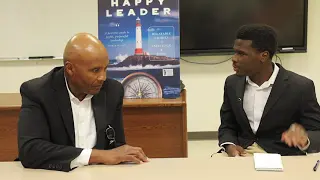
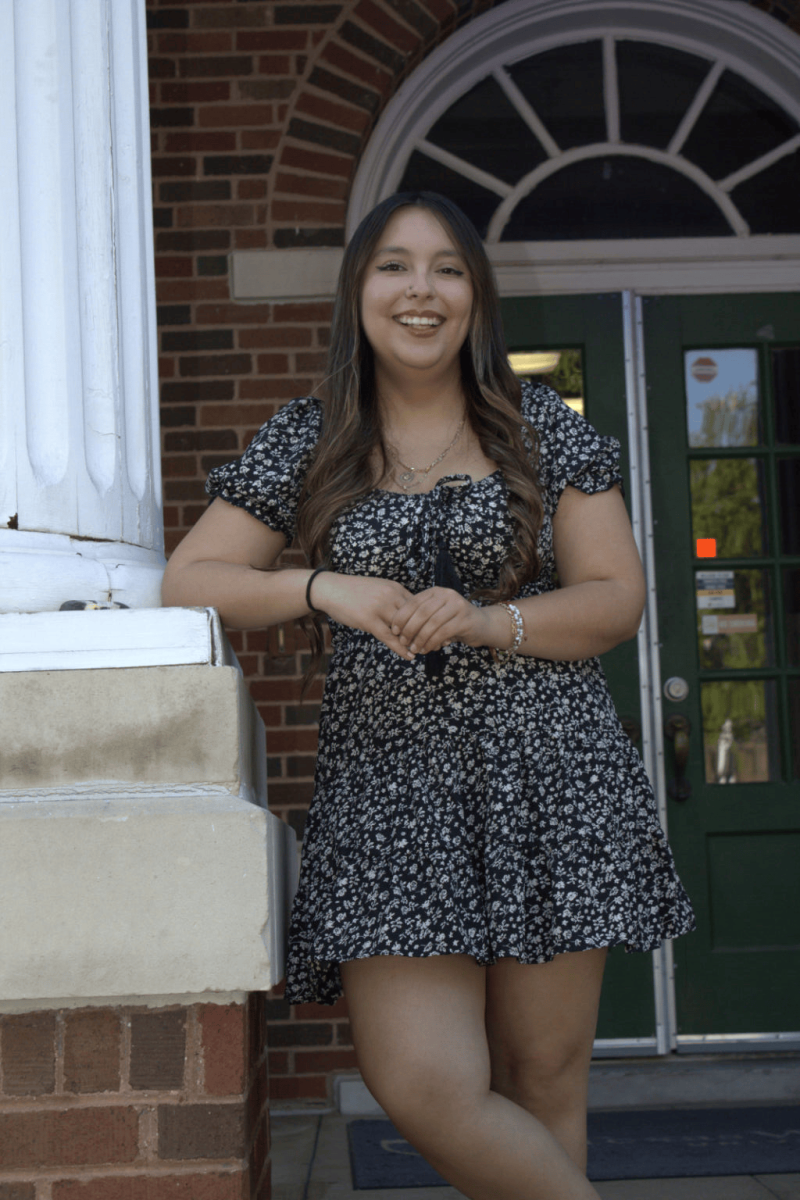
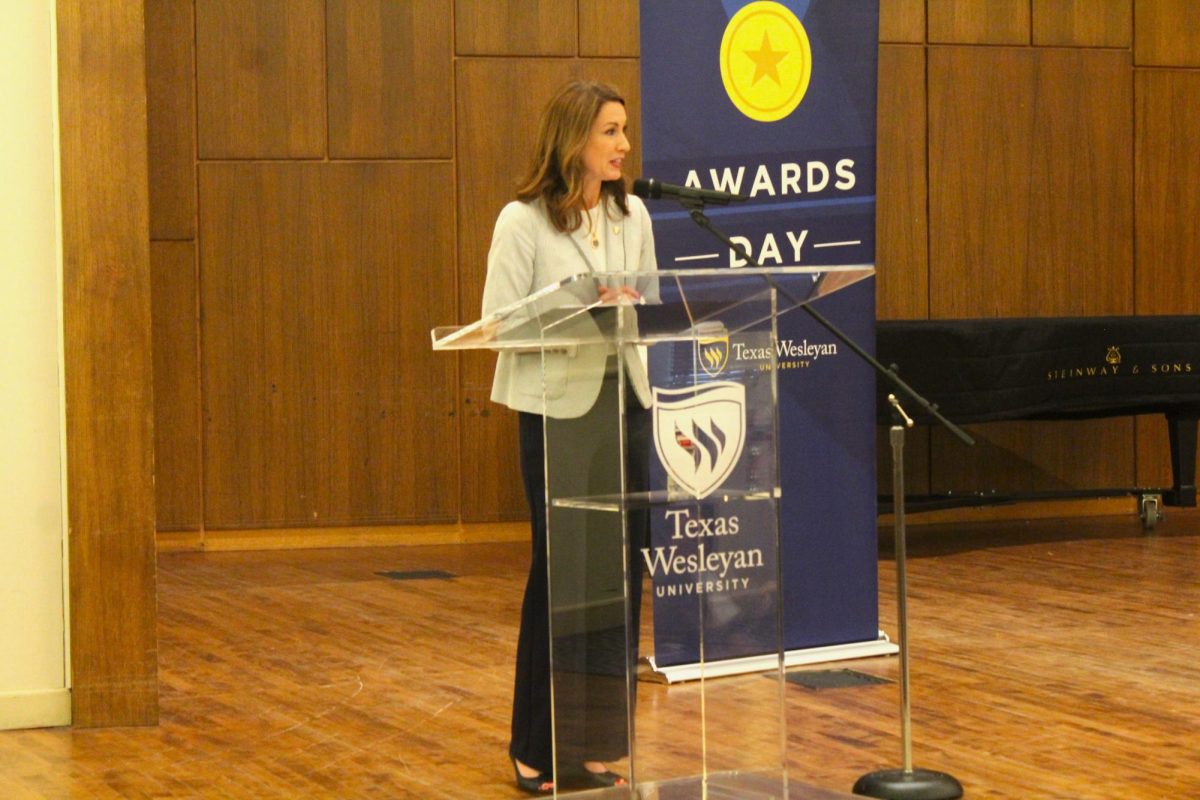
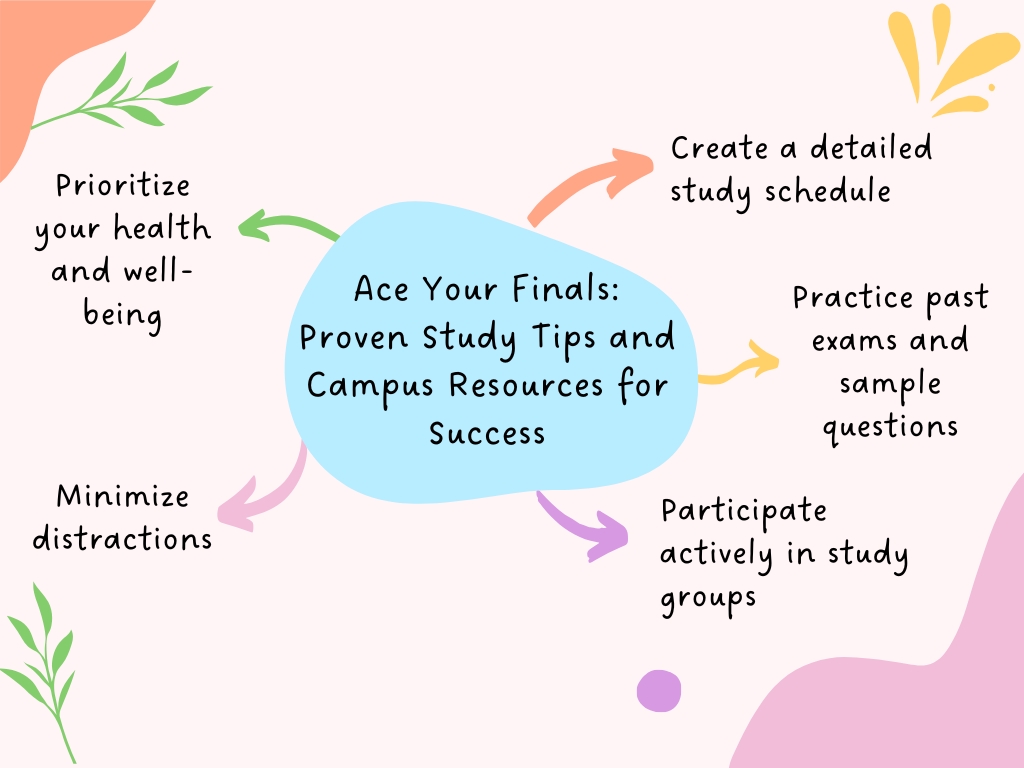

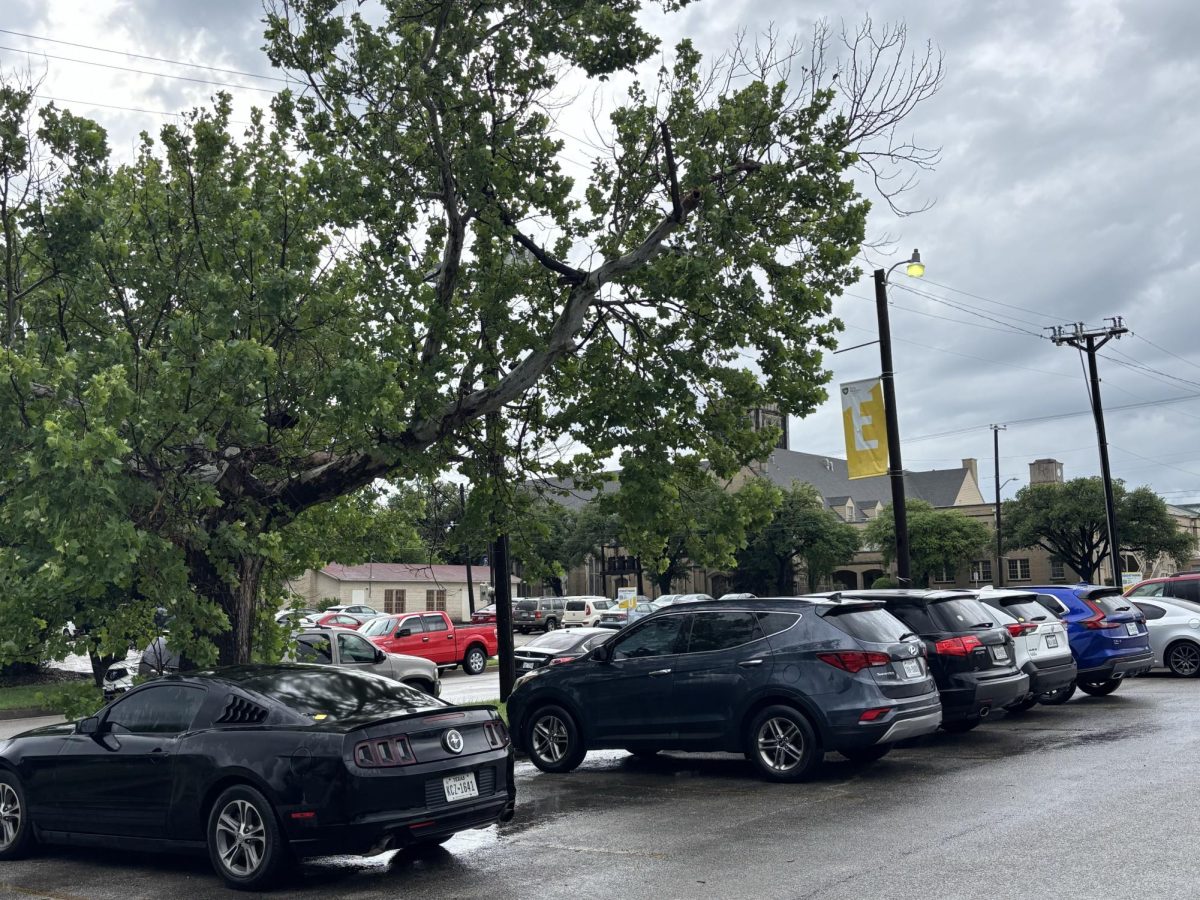
![Pippin, played by Hunter Heart, leads a musical number in the second act of the musical. [Photo courtesy Kris Ikejiri]](https://therambler.org/wp-content/uploads/2025/04/Pippin-Review-1200x800.jpg)
![Harriet and Warren, played by Trinity Chenault and Trent Cole, embrace in a hug [Photo courtesy Lauren Hunt]](https://therambler.org/wp-content/uploads/2025/02/lettersfromthelibrary_01-1200x800.jpg)
![Samantha Barragan celebrates following victory in a bout. [Photo courtesy Tu Pha]](https://therambler.org/wp-content/uploads/2025/05/20250504_164435000_iOS-834x1200.jpg)
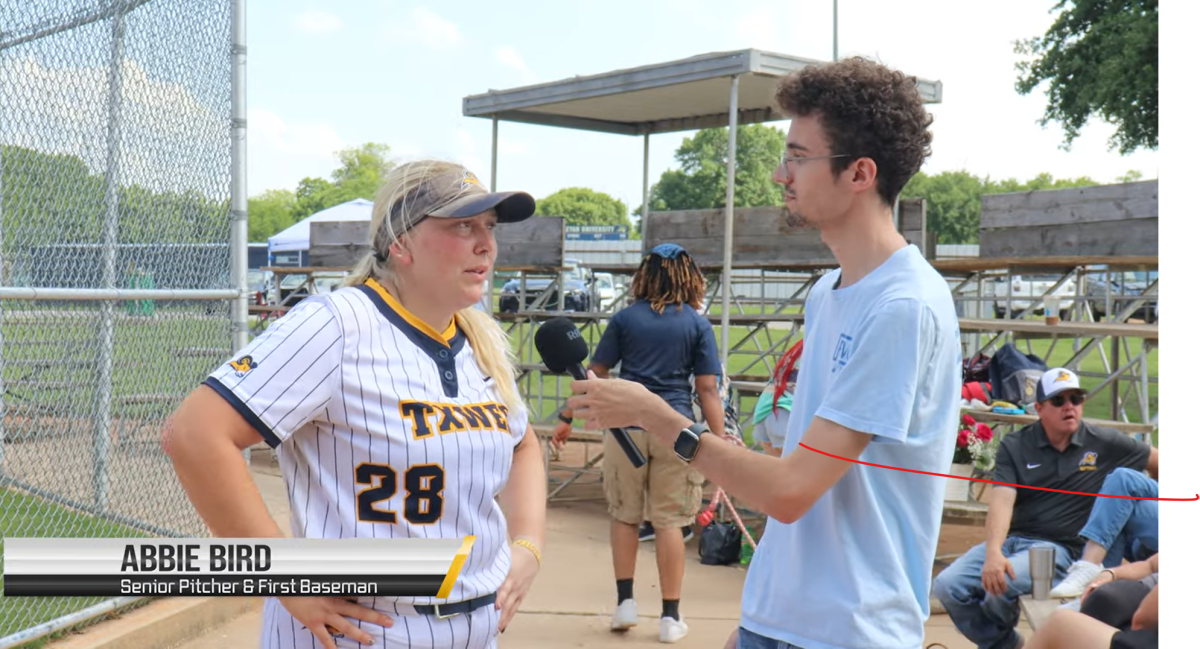


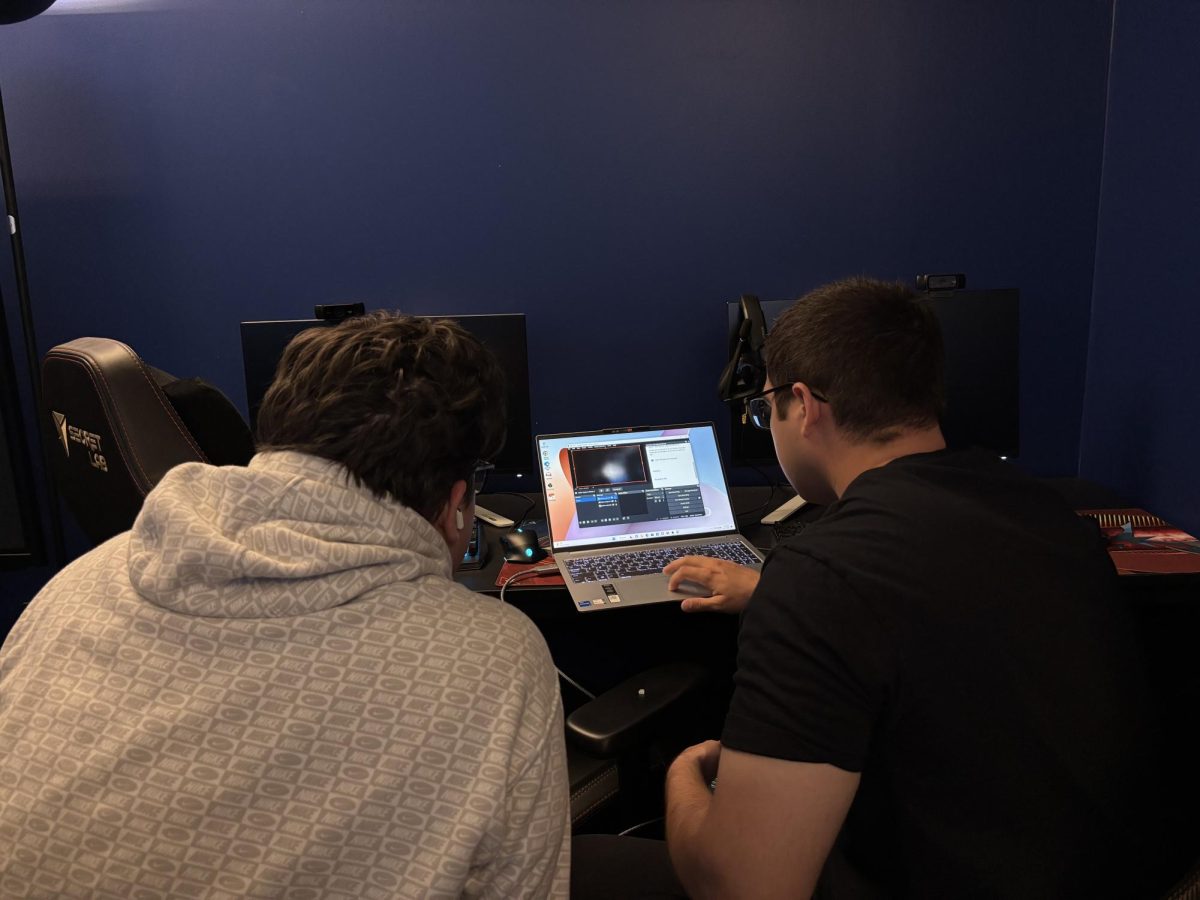
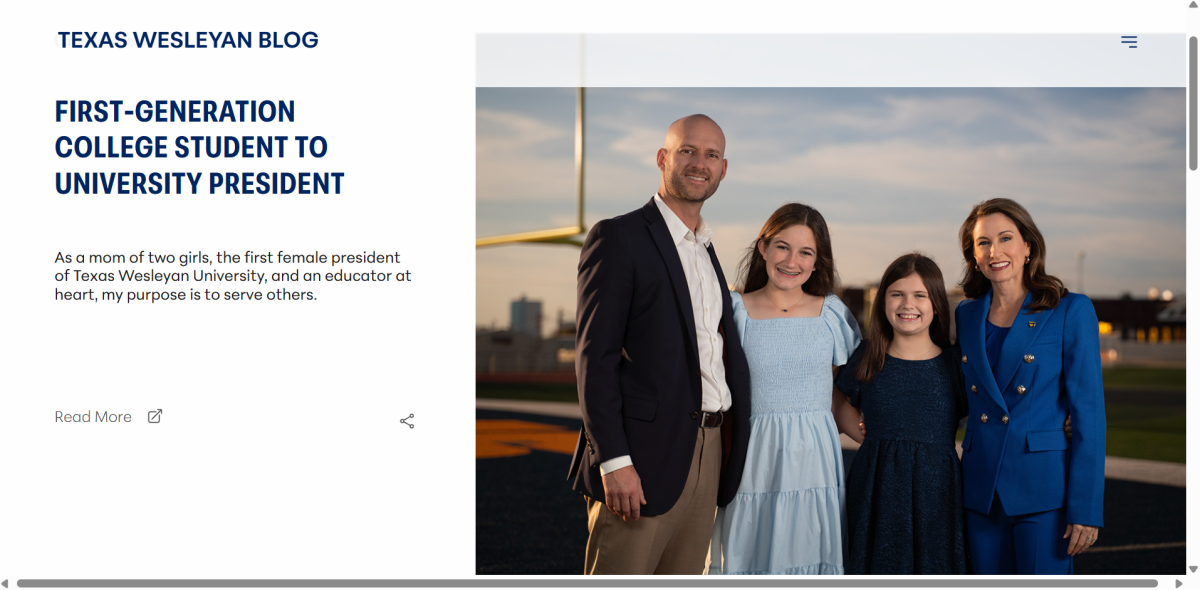
![Hunter Heart (center), the play's lead, rehearses a scene alongside other student actors. [Photo courtesy Jacob Sanchez]](https://therambler.org/wp-content/uploads/2025/04/thumbnail_IMG_8412-1200x816.jpg)
![Student actors rehearse for Pippin, Theatre Wesleyan's upcoming musical. [Photo courtesy Jacob Rivera-Sanchez]](https://therambler.org/wp-content/uploads/2025/04/Pippin-Preview-1200x739.jpg)
![[Photo courtesy Brooklyn Rowe]](https://therambler.org/wp-content/uploads/2025/05/CMYK_Shaiza_4227-1080x1200.jpg)
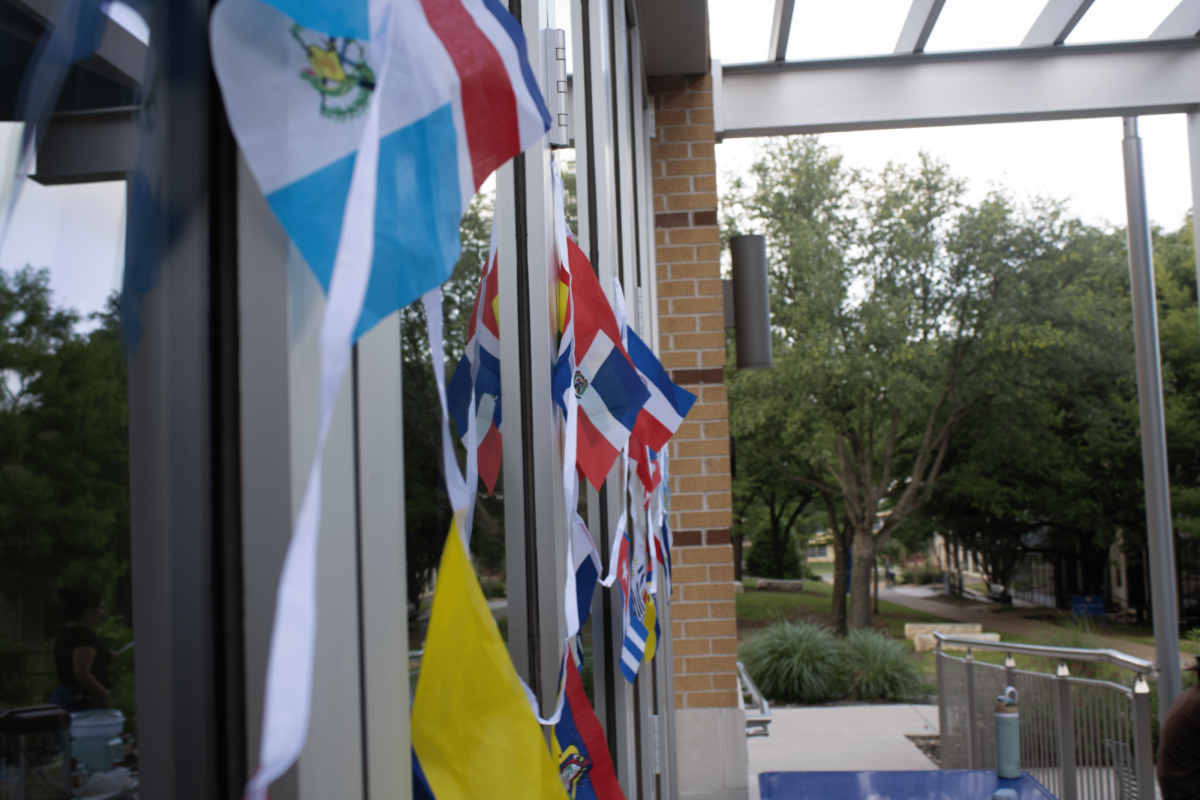
![Lady Rams softball wraps up weekend against Nelson Lions with a victory [6 – 1]](https://therambler.org/wp-content/uploads/2025/04/Screenshot-2025-04-04-100924-1200x647.png)
